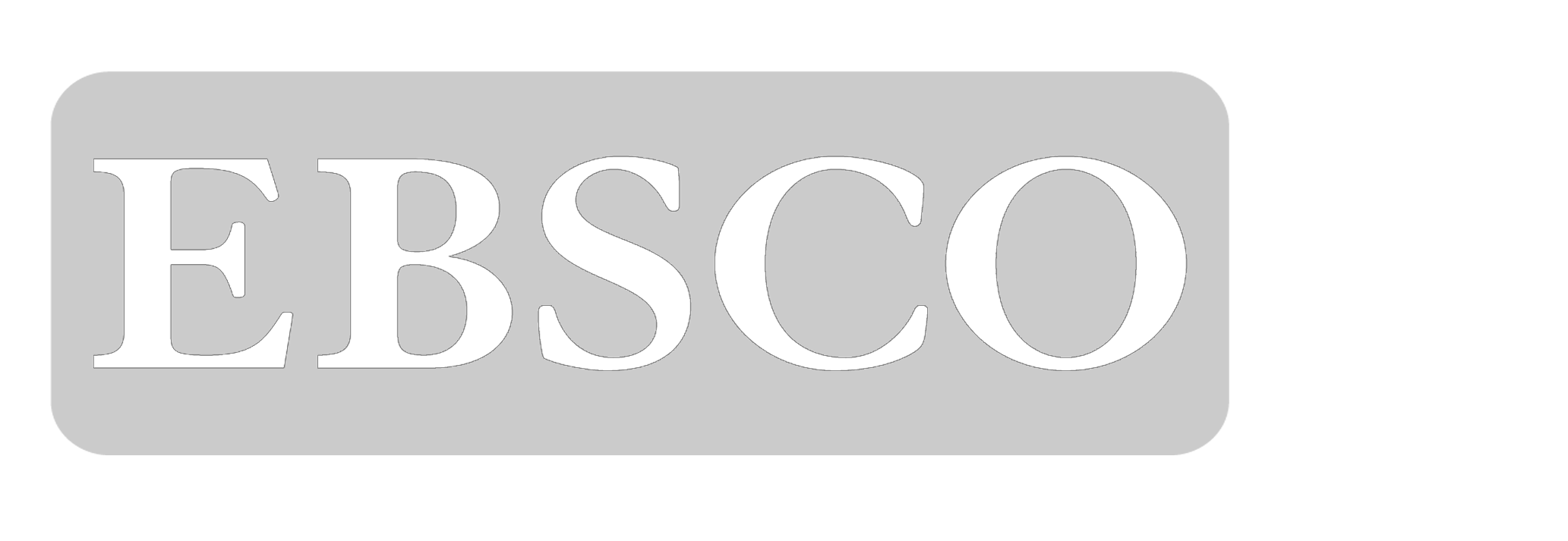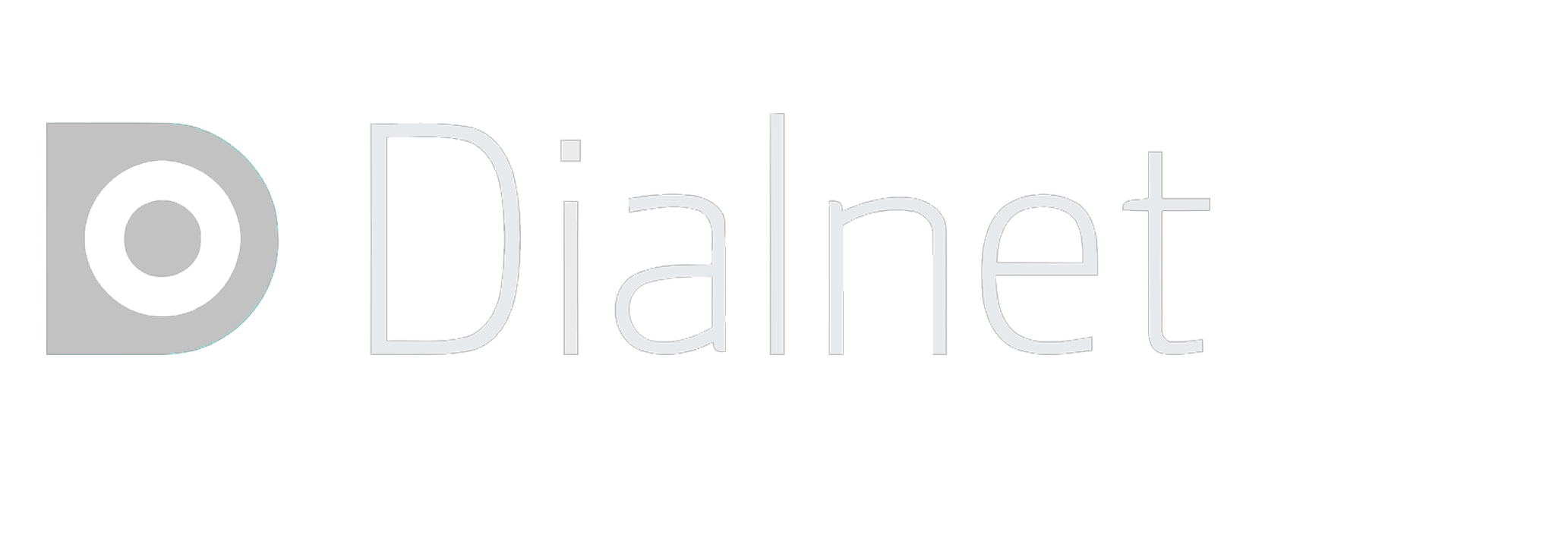Mapping out the road from corpus linguistics to psycholinguistics
Palabras clave:
Corpus linguistics, computational linguistics, psycholinguistics, symbol interdependency.Resumen
Parodi (2007) made the case that corpus linguistics ought to more consider the second most common language spoken in the world, Spanish, and better disseminate the research findings on the structure of that language in the lingua franca of the academic world, English, the third most common language spoken. Moreover, Parodi (2007) argued that corpus linguists should use corpora that are heterogenous in nature, and that corpus linguistics and discourse psycholinguistics should go hand in hand. In the current paper, Parodi’s claims are taken to heart with an overview of how corpus linguistics and discourse psycholinguistics can be linked, by discussing the Symbol Interdependency Hypothesis that predicts that language encodes the perceptual world. Built on previous research that shows that word order reveals semantic information that language users can use, and by showing that the longitude and latitude of cities can be estimated based on the way the city names are mentioned in text, this paper shows – using Spanish and South America examples – that language creates meaning.
Descargas
Publicado
Cómo citar
Número
Sección
Licencia
Aquellos autores que tengan publicaciones con esta revista, aceptan los términos siguientes:
- Los autores conservarán sus derechos de autor y garantizarán a la revista el derecho de primera publicación de su obra por medio de este documento de cesión de derechos de autoría, el cuál estará simultáneamente sujeto a la licencia de reconocimiento de Creative Commons que permite a terceros compartir la obra siempre que se indique su autor y su primera publicación esta revista.
- Los autores podrán adoptar otros acuerdos de licencia no exclusiva de distribución de la versión de la obra publicada (p. ej.: depositarla en un repositorio institucional o publicarla en un volumen monográfico) siempre que se indique la publicación inicial en esta revista.
- Se permite y recomienda a los autores difundir su obra a través de Internet (p. ej.: en publicaciones institucionales o en su página web) antes y durante el proceso de envío, lo cual puede producir intercambios interesantes y aumentar las citas de la obra publicada. (Véase el efecto del acceso abierto).










